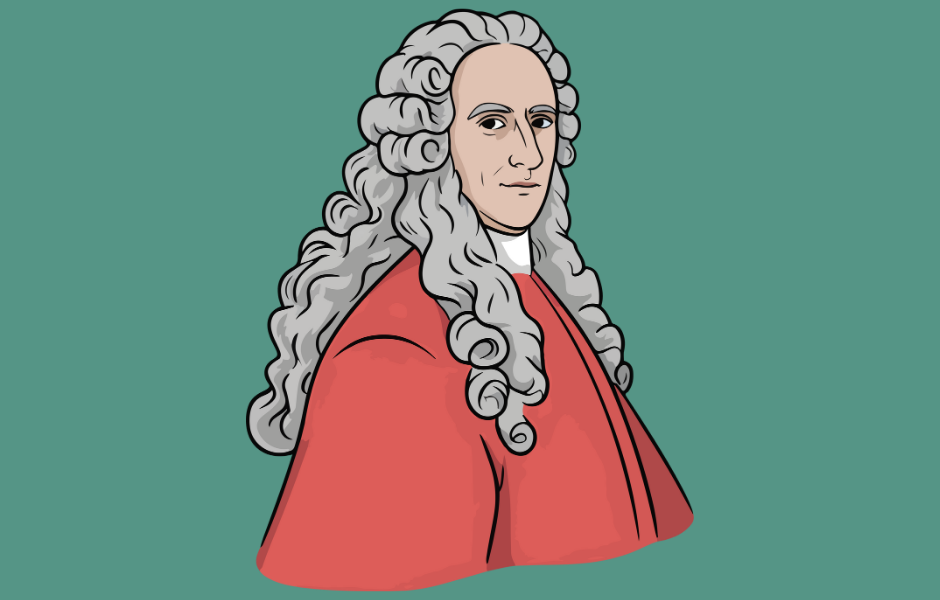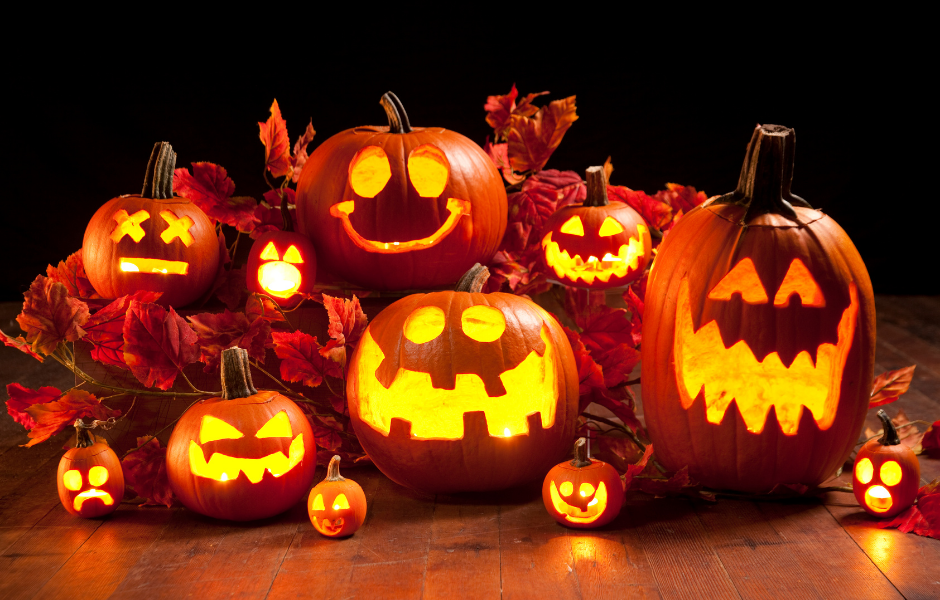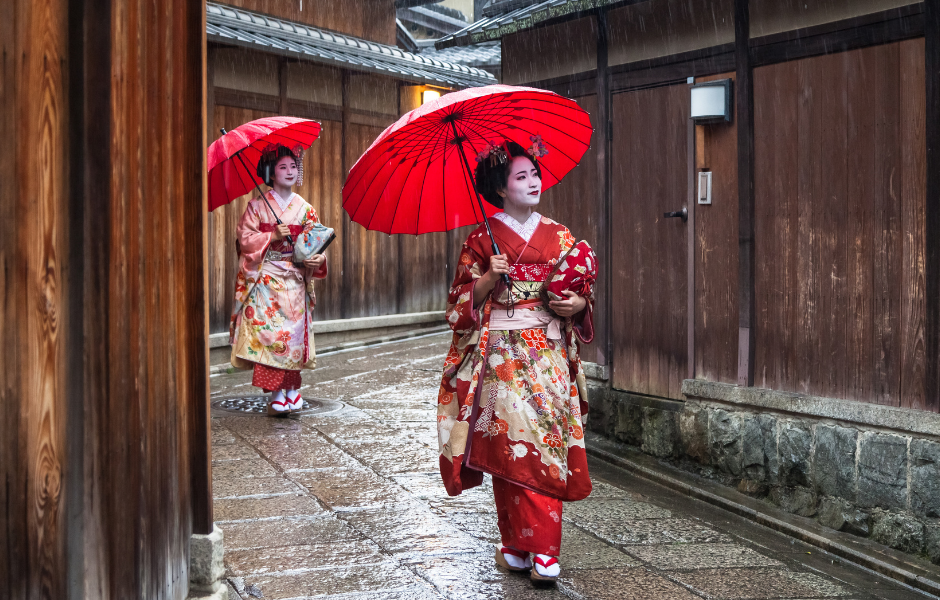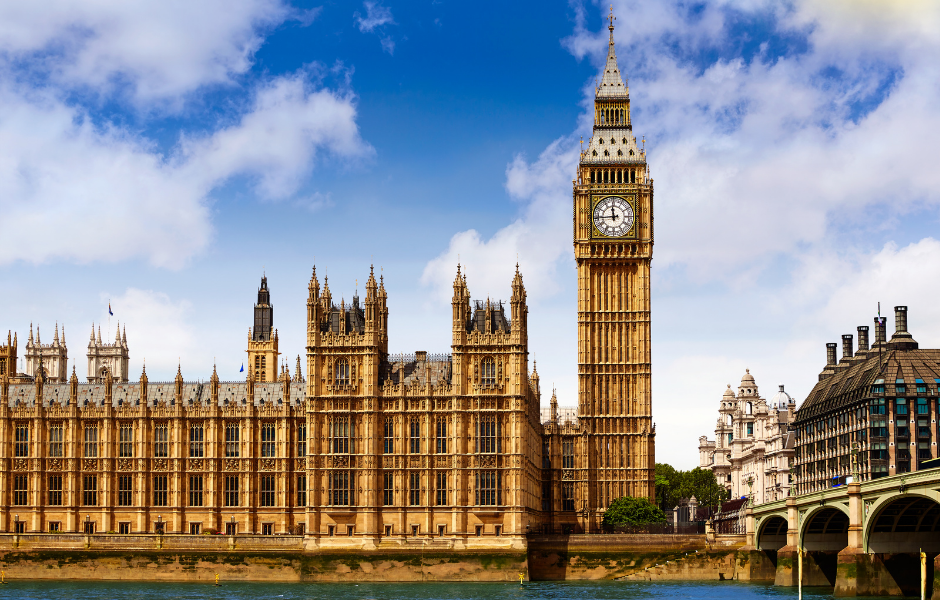
This children’s article, A kids’ guide to Big Ben and the Houses of Parliament, has been written for native English speakers and learners of English as a second or foreign language. It can help children build vocabulary, learn about history, landmarks, and some fun facts about Britain. Written by Mark Pulley, a teacher and writer who creates fun and informative news articles for English learners.
The history of the Houses of Parliament
The Houses of Parliament are in London, next to the River Thames. They are the home of the UK government, where important decisions and debates happen. The buildings you see today were built in the mid-1800s, after a terrible fire in 1834 destroyed most of the older palace. The new design, with its tall towers and gothic style, is one of the most famous sights in the world.
Parliament has two main parts: the House of Commons and the House of Lords. Together, they make the laws of the country. While the work inside might sound serious, the building itself looks almost like a giant castle with lots of towers and windows.
Big Ben is not what you think!
Many people point to the big clock tower and say, “That’s Big Ben!” But that’s not quite right. The tower is actually called the Elizabeth Tower. “Big Ben” is the nickname of the huge bell inside the tower. The bell weighs more than 13 tons! That’s about the weight of two elephants!
The tower’s clock is also world-famous. Each of its four faces is seven metres across, making it one of the largest clocks in the world. When the bells chime, the sound can be heard all across central London.
How the buildings are used today
The Houses of Parliament are still very busy places. Members of Parliament (called MPs) meet in the House of Commons to debate and vote on new laws. The House of Lords also meets to discuss laws and suggest changes. The British Prime Minister has to answer questions from MPs every week in the famous “Prime Minister’s Questions.”
But the building isn’t just for politicians. Tourists from around the world visit to learn about history, watch debates, and admire the architecture. At night, the building looks magical when it’s lit up next to the river.
Fun and fascinating facts
Big Ben has cracked before; in fact, the bell you hear today is not the original one. The first bell broke shortly after being installed, and the second one cracked too. But instead of replacing that one, they simply turned the bell around a bit, so the hammer hit a different spot, and that’s the one we still hear!
Another fun fact is that during World War II, when bombs were falling every night on London, the clock kept ticking. The chimes of Big Ben were even broadcast on the radio to reassure people that Britain was still standing strong. Today, Big Ben and the Houses of Parliament remain symbols of democracy and tradition, as well as one of London’s best-loved tourist attractions.
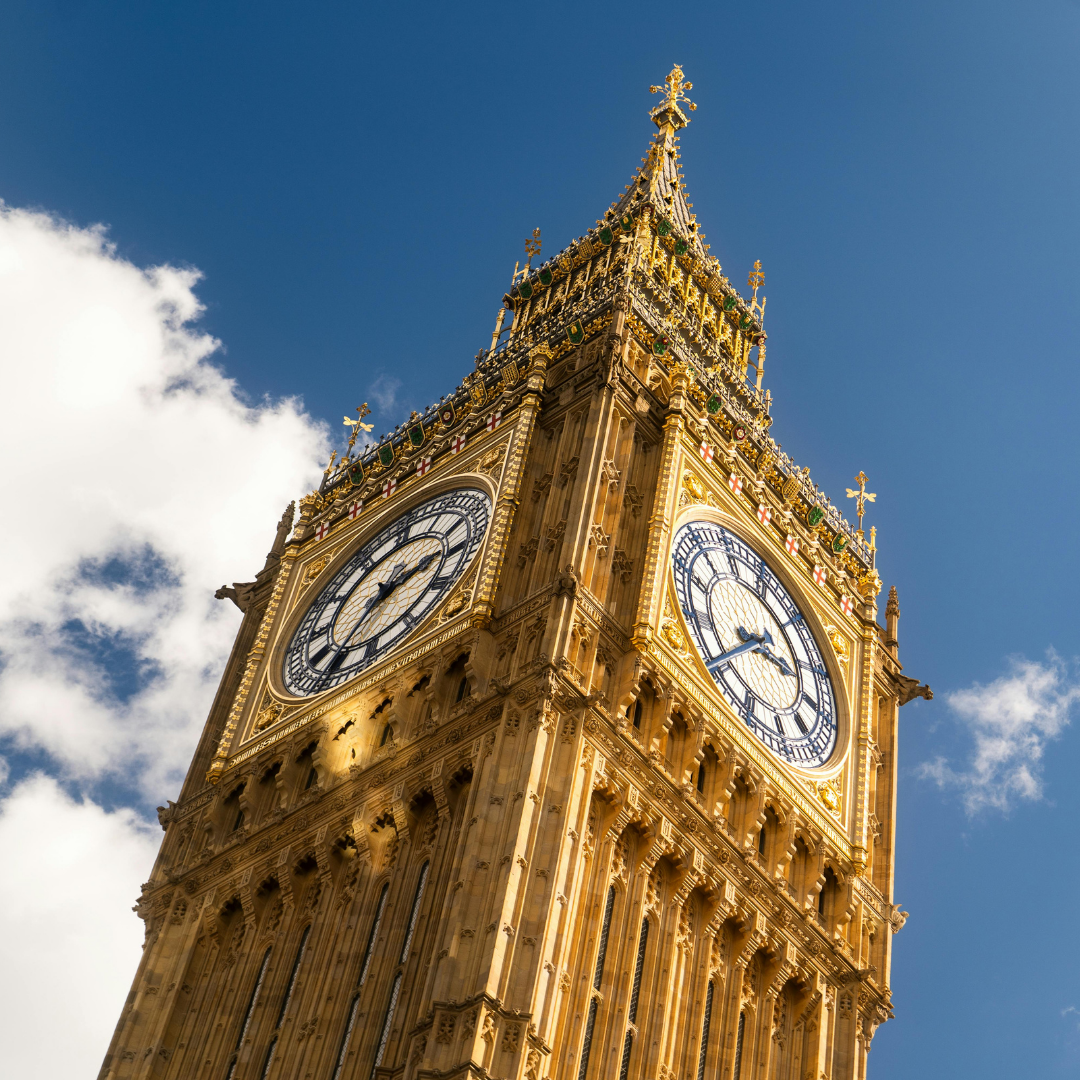
Article vocabulary list
- Parliament: The place where laws are made and discussed.
- Debate: A formal discussion where people give their opinions.
- Gothic: A style of architecture with pointed arches and tall designs.
- Commons: The part of Parliament where elected MPs meet.
- Lords: The part of Parliament made up of appointed members.
- Prime Minister: The leader of the UK government.
- Chime: The sound made by a bell.
- Architecture: The design and style of buildings.
- Symbol: Something that represents an idea or meaning.
- Tourist: A person who travels to visit places for fun and learning.
Comprehension questions
Just click the plus (+) to see the answer
1. What event in 1834 changed the Houses of Parliament?
A) An earthquake
B) A fire
C) A flood
Answer: B) A fire
2. What is Big Ben actually the name of?
A) The tower
B) The clock face
C) The bell
Answer: C) The bell
3. What do Members of Parliament (MPs) do in the House of Commons?
A) Eat lunch
B) Debate and vote on laws
C) Sing songs
Answer: B) Debate and vote on laws
4. How heavy is the Great Bell, known as Big Ben?
A) About two elephants’ weight
B) About one horse’s weight
C) About five cars’ weight
Answer: A) About two elephants’ weight
5. Why were Big Ben’s chimes broadcast on the radio during World War II?
A) To celebrate the war
B) To reassure people Britain was still strong
C) To help people tell the time
Answer: B) To reassure people Britain was still strong

Mark is a writer and EFL teacher from England with eight years’ experience. He’s passionate about travel, sport (especially football), animals, nature, and history, and enjoys helping children explore the world through language and learning.

